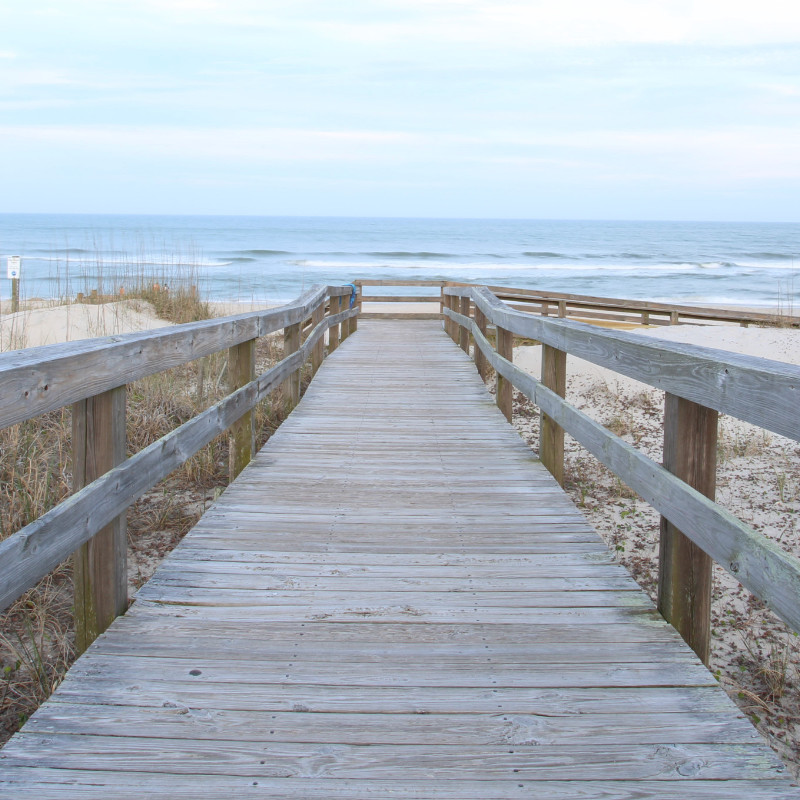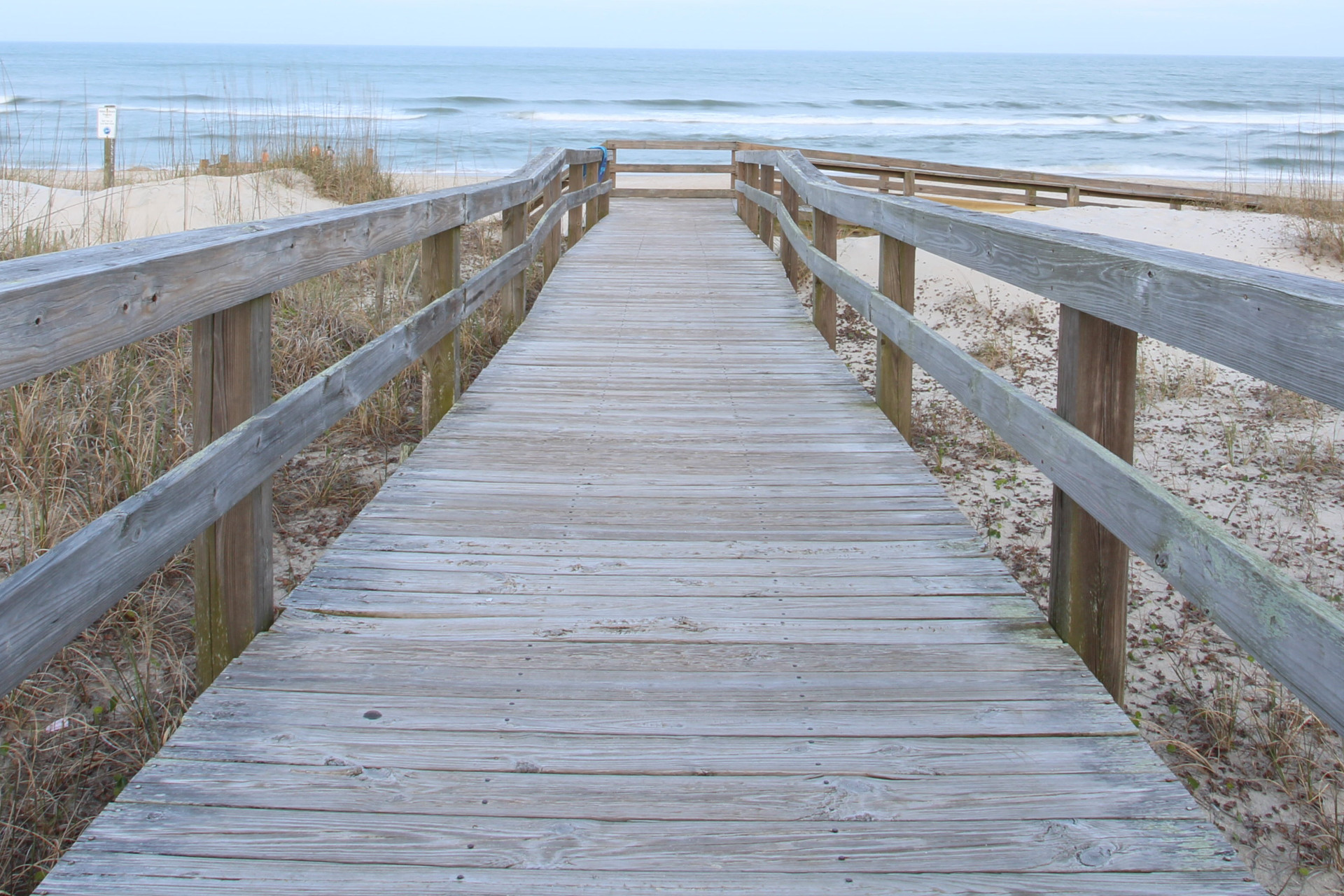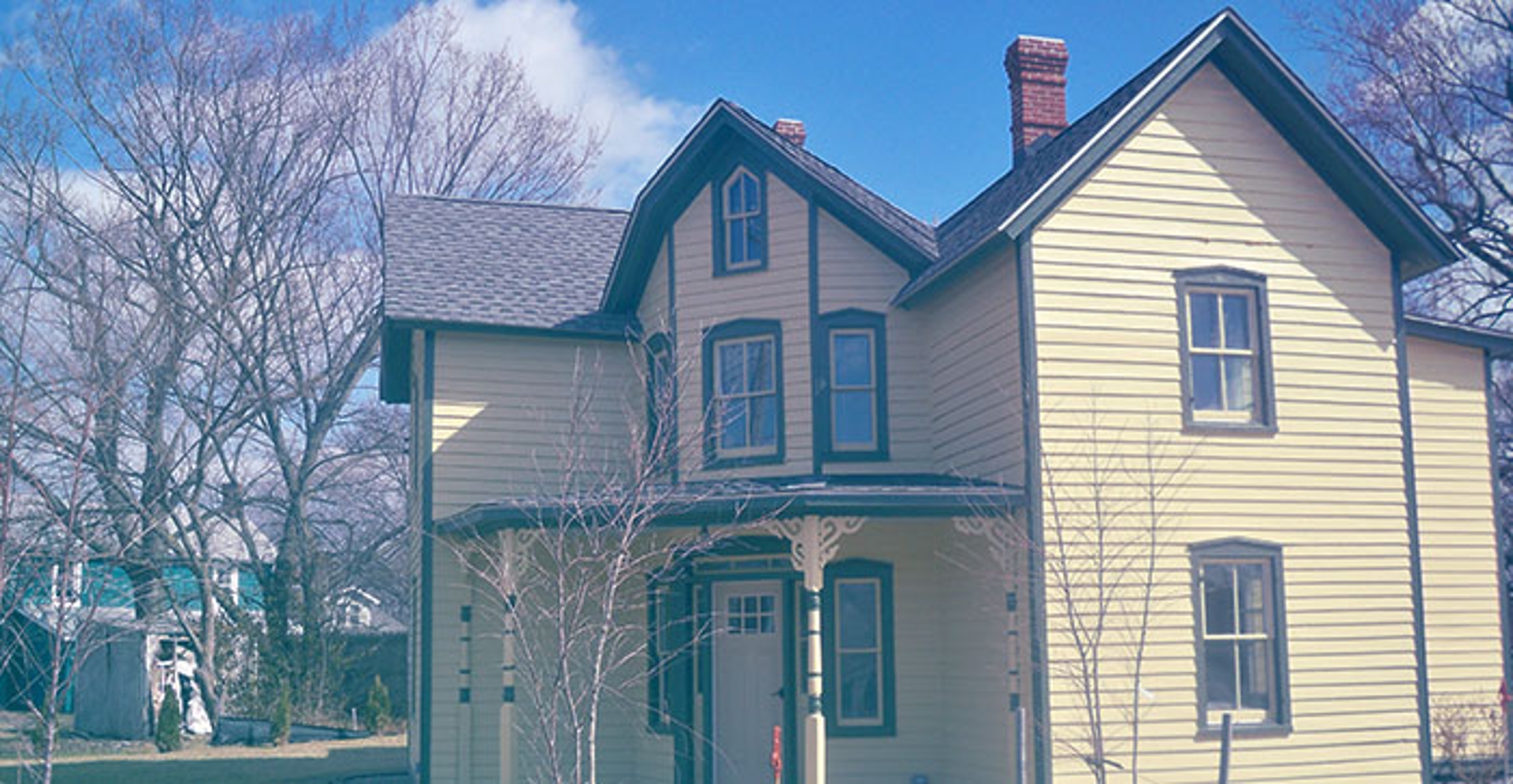12
Sep 2018
By Kathi Ferguson
The Lee House, the grand old “W” house that sits back from Tilghman Island Road a half mile south of the Knapps Narrows Bridge, has a long history on the island and has become a focal point for telling stories that have made this narrow strip of land legendary. Restored and beautifully renovated in 2015, it is now the permanent home of the Tilghman Watermen’s Museum. The Museum’s collection, donated by locals, includes art, boat models, and other items connected with the watermen on the island.
This two-and-a-half story frame house represents one of 12 of its kind built on Tilghman Island between 1890 and 1900. Only five remain, and most are in their original configuration. Island locals say that the “W” shape design allowed for air flow to be equally and continually distributed throughout the house, no matter what direction a breeze may be coming from - an important feature in the days before air conditioning! One could also claim that the shape of these homes stood for “welcome”, given the allure of the design.
The homes are built in a style that is representative of vernacular architecture – a category of architecture based on local needs, construction materials and reflecting local traditions. Their basic form actually follows an “L” shape or ell (the wing of a building is at right angles to the main structure) with two gable-roofed sections of equal length placed perpendicular to each other. From their intersection projects a three-sided central entrance with a front porch extending from it. The structure is set so that the angle of the two sections and the entrance projection form the main facade, thus resembling the letter “W”.
Another of these unique dwellings was purchased by Phillips Wharf Environmental Center (PWEC) in 2013 and is now being used for intern housing and office space. The remaining three “W” structures are also currently occupied and are located within a few miles of one another on the Island.






